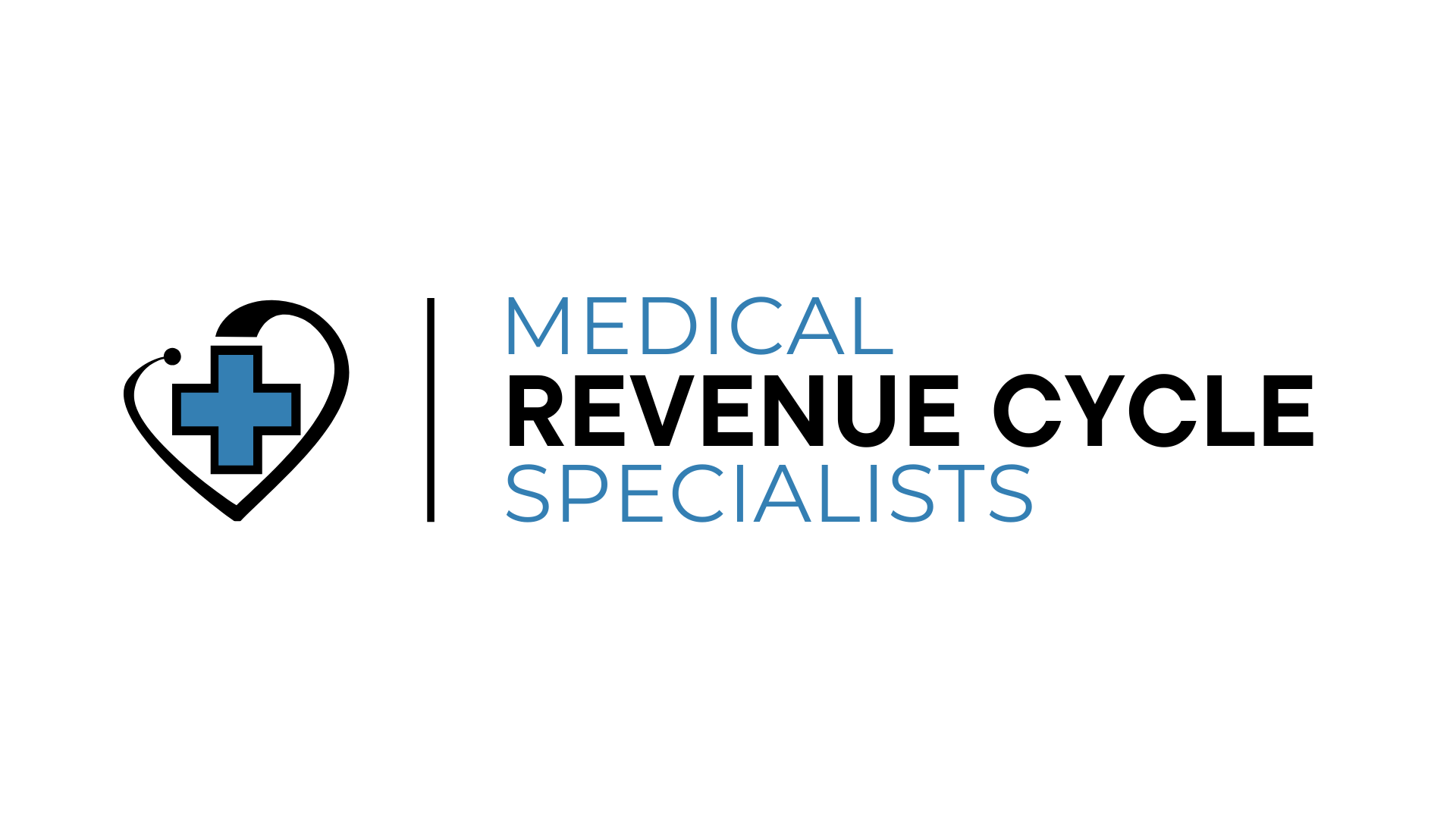MRCS Weekly Recap 11 (4.10.2022 - 4.16.2022)
- Nick Fernandez

- Apr 17, 2022
- 2 min read
Updated: Aug 19, 2022
1. COVID
Pfizer is seeking a COVID booster for healthy 5–11-year olds. The CDC and other US health authorities have urged everyone 12 and older to get at least one booster dose. Pfizer is now saying that 5–11-year Olds could also benefit from another kid-sized shot. Meanwhile, the public transportation mask mandate will be extended 2 weeks past the April 18 expiration date. This comes when the CDC warns of new subvariants of the Omicron surge. The BA.2 "sister" subvariant currently makes up 85% of US cases.
2. IT Updates
The covid pandemic brought telehealth services to use much quicker than anticipated. This made health care more affordable and accessible than ever before. The HHS and other healthcare organizations ask Congress to undergo a telehealth reform Act to continue all federal telehealth waivers once the Public Health Emergency concedes.
Many healthcare companies have begun to use artificial intelligence (AI) software for compliance, machine learning solutions, and more. Experts believe that AI-based solutions will help increase access and equity in healthcare. The main idea of AI-based solutions is to help improve patient outcomes and access to care/data. AI will help eliminate biases in diagnosis and treatment, increase vaccine equity, help avoid opioid abuse, and, most importantly, keep patients of all backgrounds engaged in their healthcare plans. Vocal biomarkers are becoming a tool for remote patient monitoring. Vocal biomarkers will be used because of how simple they are. They can be updated on your everyday devices, providing a new window into your health. It might ask you how you are feeling daily, allowing your healthcare professionals to track your progress and status daily.
Penn Medicine has found a digital workflow solution that departments have eagerly adopted. The digital workflow solution is designed to improve patient care by breaking down silos.
3. Staffing Shortages
Two years into the COVID-19 pandemic, one thing is still for sure, there is a staffing shortage problem, and there haven't been enough measures to handle this. A new article from Healthcare Dive explains how higher education could help solve the staffing shortages in healthcare. In the report, they mention creating competency-based education, giving academic credit for on-the-job experience, and stackability (breaking a degree down into requisite parts). 93% of unionized nurses at Stanford hospitals voted in favor of work stoppage. There are now over 4,000 nurses set to strike in the hope of better staffing, wages, and mental health measures in new contracts.
IntelyCare uses $115 million to expand its data-driven solutions for the nursing staffing shortages. IntelyCare's platform promises a work-life balance of gig work while offering stable employment with benefits for healthcare, retirement, and education.
4. Today's News
New York has granted Nurse Practitioners (NPs) full practice authority. This means that NPs in New York can manage treatments, prescribe medications, and more without having a supervising physician.
A new study shows that race and ethnicity are reported less than half of the time in US clinical trials.




Comments